
Everything you need to know about look-alike targeting
- Author: Veronica Lihnis
Understanding your target audience is the key to a successful advertising campaign. Firstly, marketers build a portrait of their target customer, based on their own experience and predictions. Next, they can use look-alike targeting, a tool that allows them to achieve maximum outreach to the target audience, in an efficient and cost-effective manner.
Look-alike targeting helps deliver ads to the people who look and act just like your target audience. It works through a combination of machine learning algorithms, combining the audience data you select, and an intelligent look-alike modeling algorithm. This results in a user behavioral pattern. These people have similar habits and preferences, buy clothes through the same online stores, and have the same phone model. In reality, they can be miles away from each other, but in the virtual world their paths cross every day.
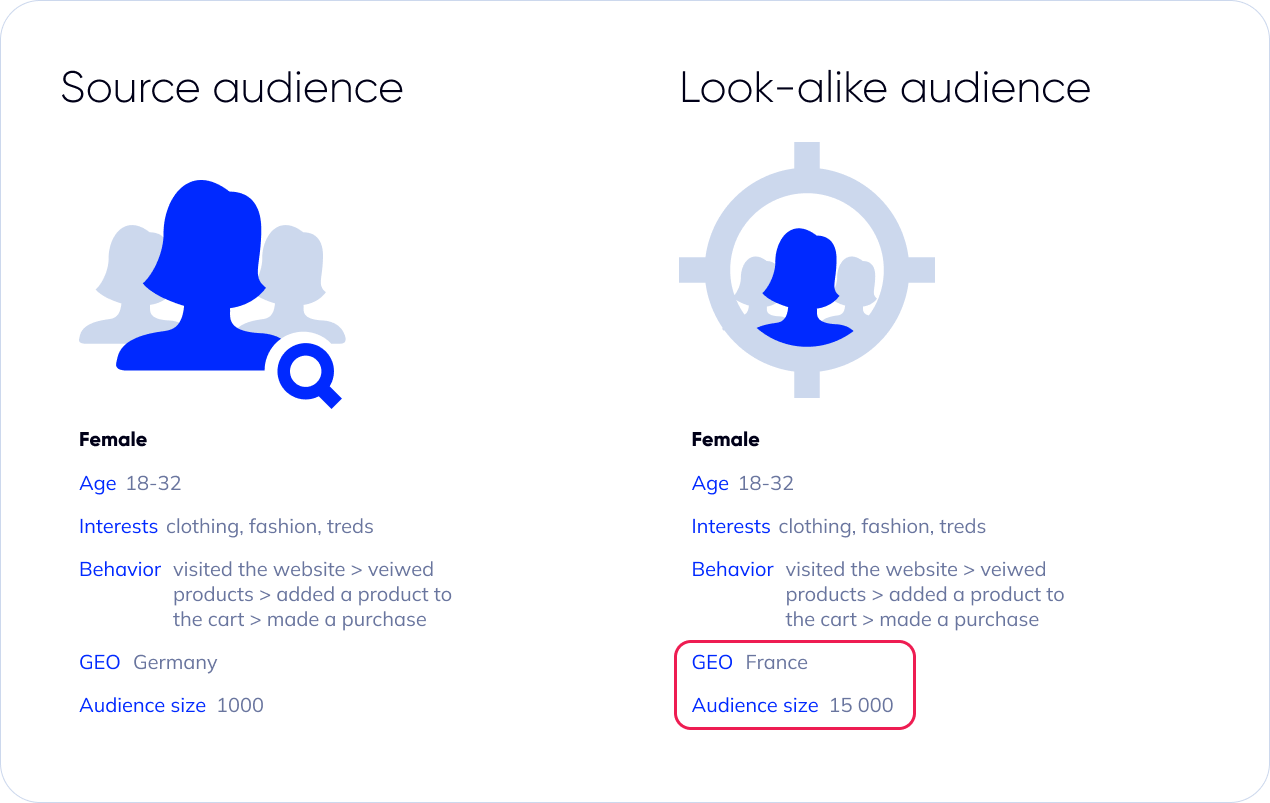
The main benefits of look-alike targeting are:
- It extends your audience reach
- It increases CTR by five times and doubles the conversion rate
- Reduces the expense of non-target clicks and visits
- Is updated in real time, thanks to machine-learning capabilities
As you can see, look-alike is a powerful tool in the hands of a well-versed campaign manager. However, if you are not the most experienced advertiser, here are our tips for using look-alike targeting effectively:
Ideal Seed Audience Size
Depending on the service you use, the amount of source audience data may differ. For example, Facebook recommends using a database of 1000 users, while My Target only takes into account lists with over 2000 users. According to our experience, the right audience size for look-alike targeting is somewhere between 1,000 and 10,000. For most of the services, any data with less than 1,000 users is not enough to develop a look-alike segment. At the same time, any sample larger than 10,000 users, and the common features of your source audience become more general and therefore, less effective.
1% is Best
When working with Lookalike, you choose a percentage tier; we advise you to start with audiences of 1% similarity. The 1% similarity option helps you to find the top 1% of people, which look like your seed audience. This will be the most relevant audience, though the reach will clearly be narrow.
Pay attention to each stage of the purchase funnel
Carefully select your audience for each stage of the purchase funnel. If your goal is to increase brand awareness, build your look-alike audience from your websites visitors. Basing your look-alike audience on the ones you’ve already converted can boost sales.
Update your source audience data
If you use the original customer list for too long, it may lose its effectiveness. The best thing to do is to regularly upload new customer lists and create new look-alike audiences.
Test different audience types
Not all the customers in your original list will have the same characteristics. It’s better to create different lists of customers to receive accurate results. Also, test different audience types – no two audiences will perform the same. You can try a website audience vs an uploaded list of contacts, to discover which performs best.
Conclusion
Look-alike targeting helps to attract only your relevant audience. This is because it is tailored to your ideal customers specific behavioral characteristics, meaning it will help you to achieve excellent results. At the same time, this type of targeting is only suitable for brands with a large amount of collected audience data. The larger and higher quality the source database is, the better the performance indicators will be. The data must be correctly divided into segments, so that each of them will have their own distinctive characteristics.
Read also




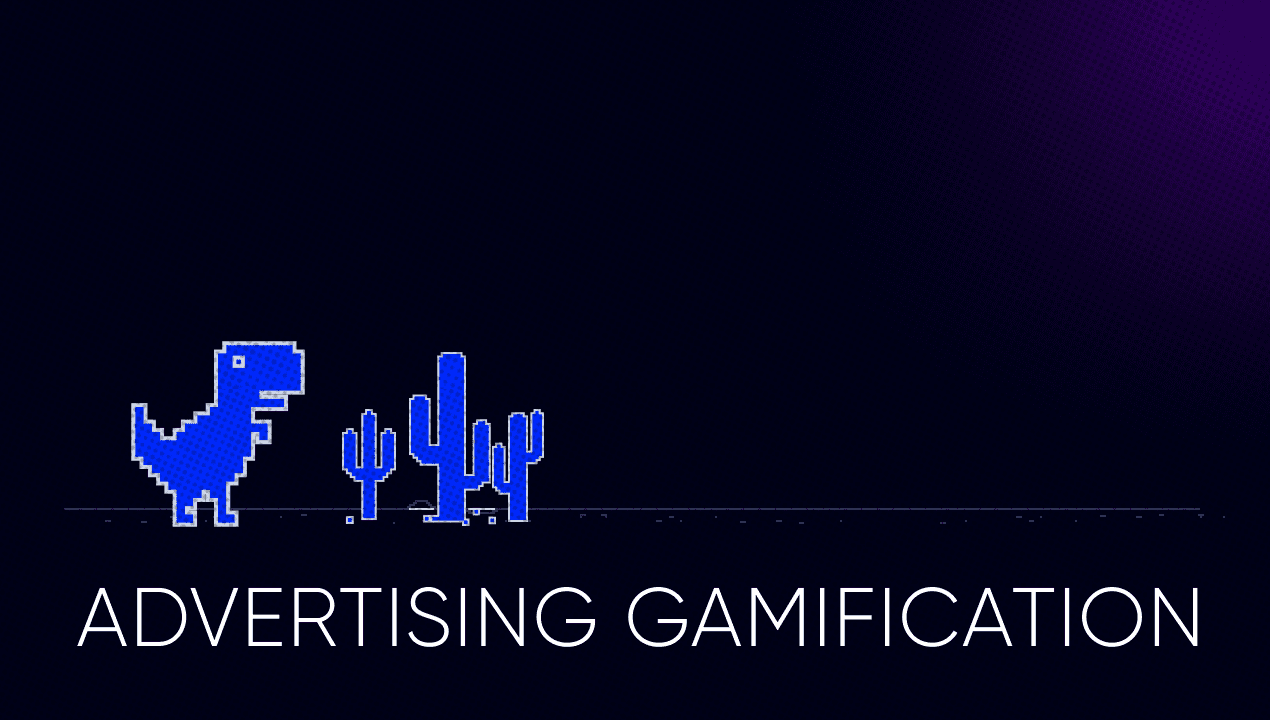
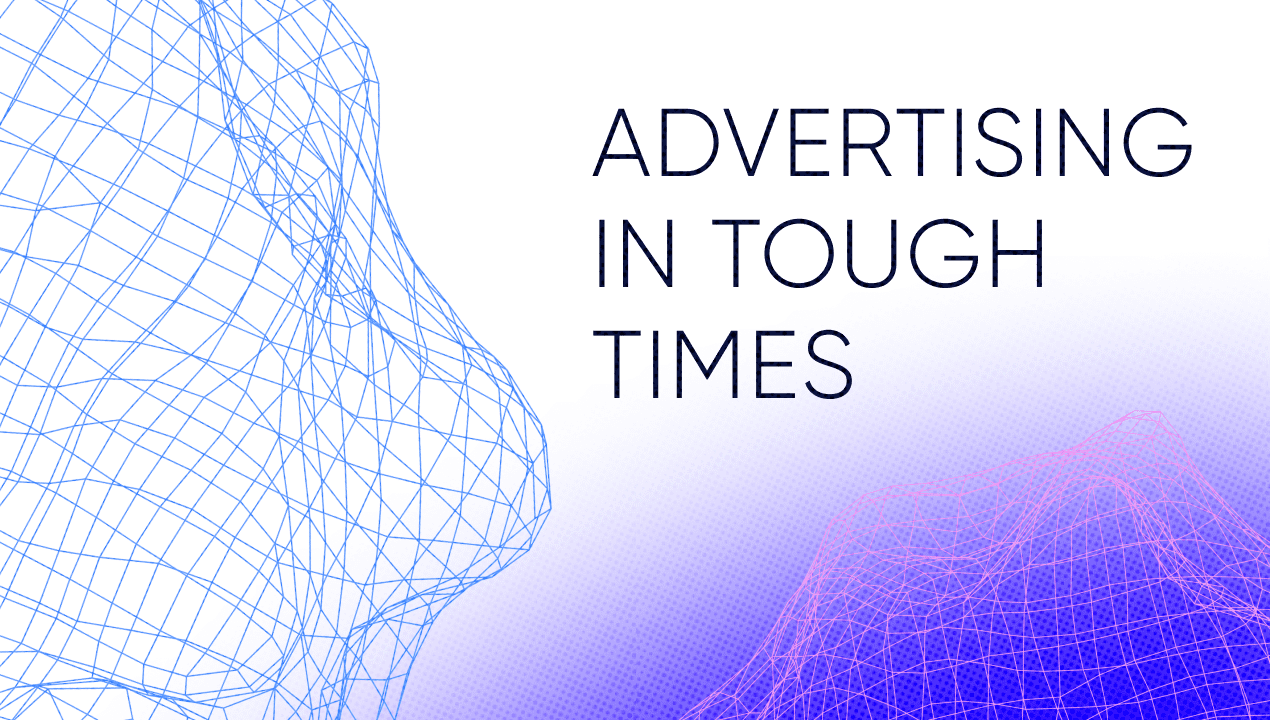
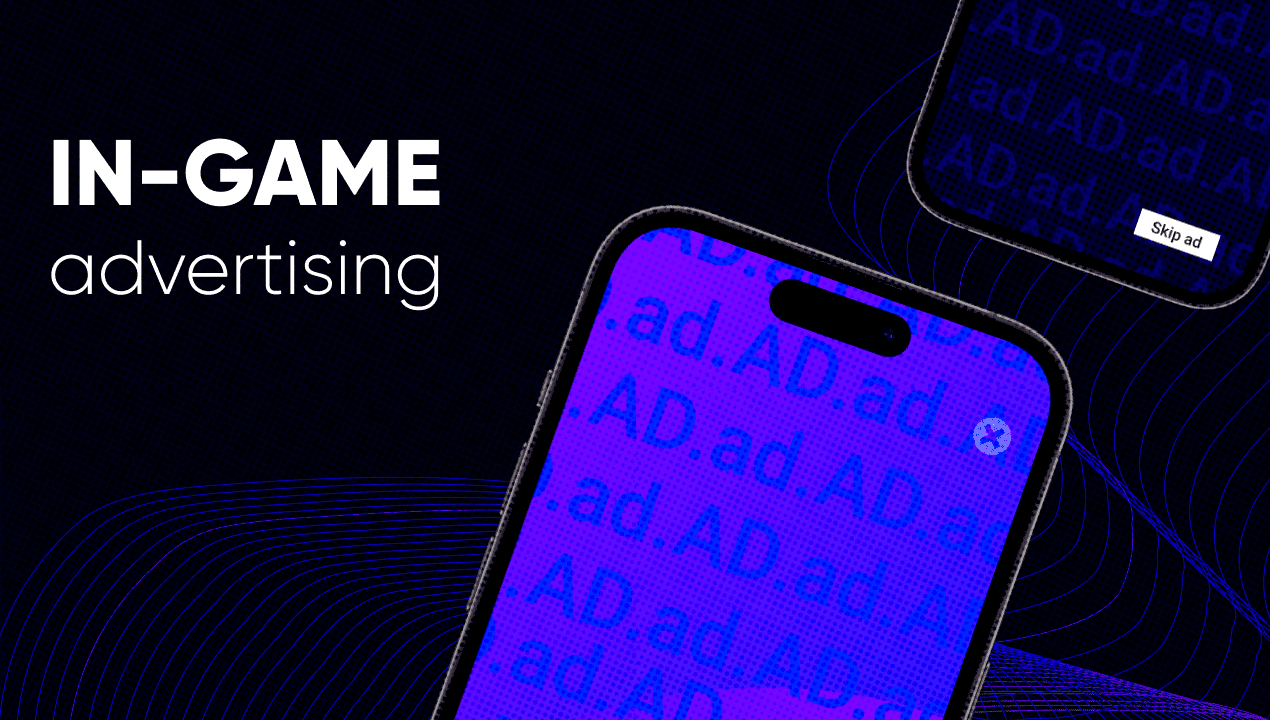






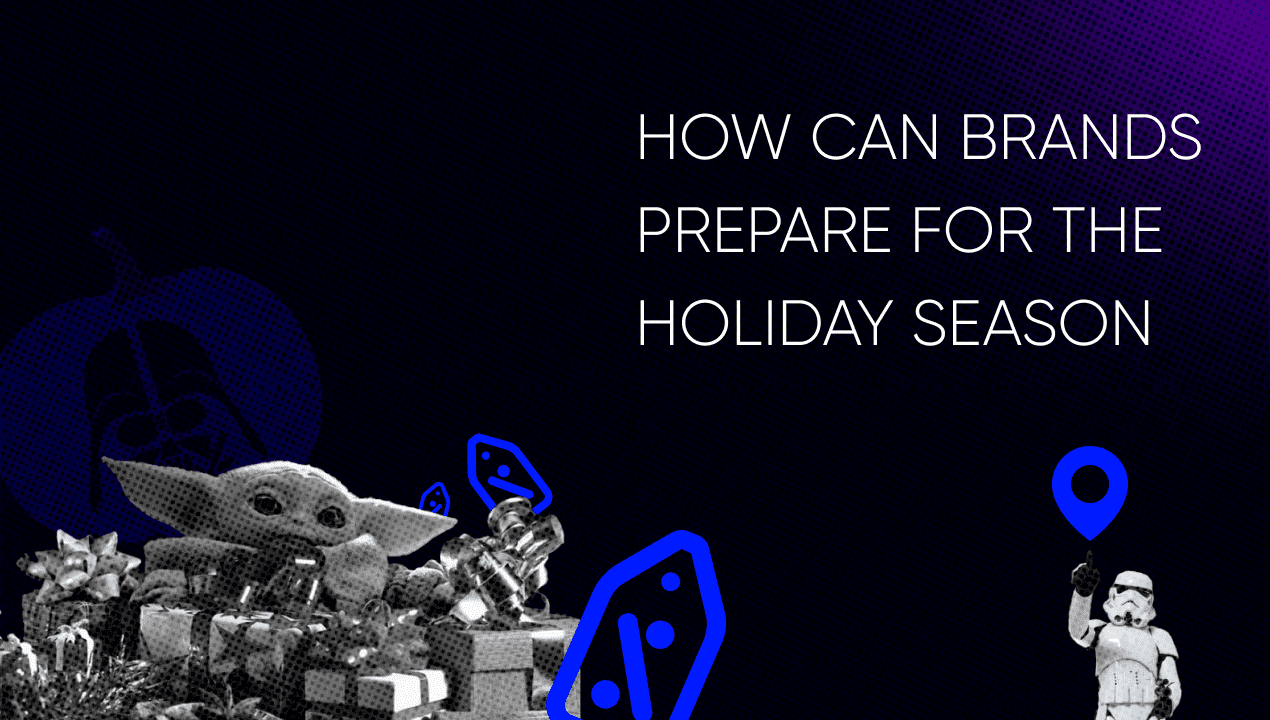

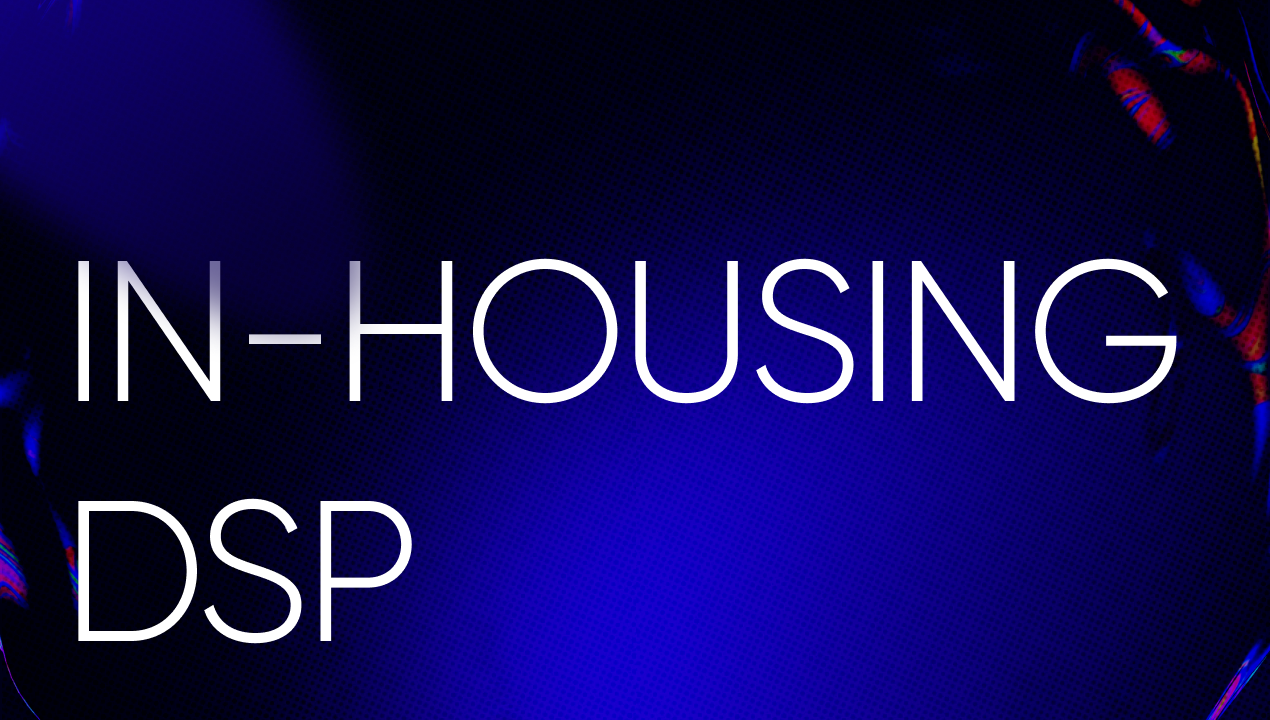


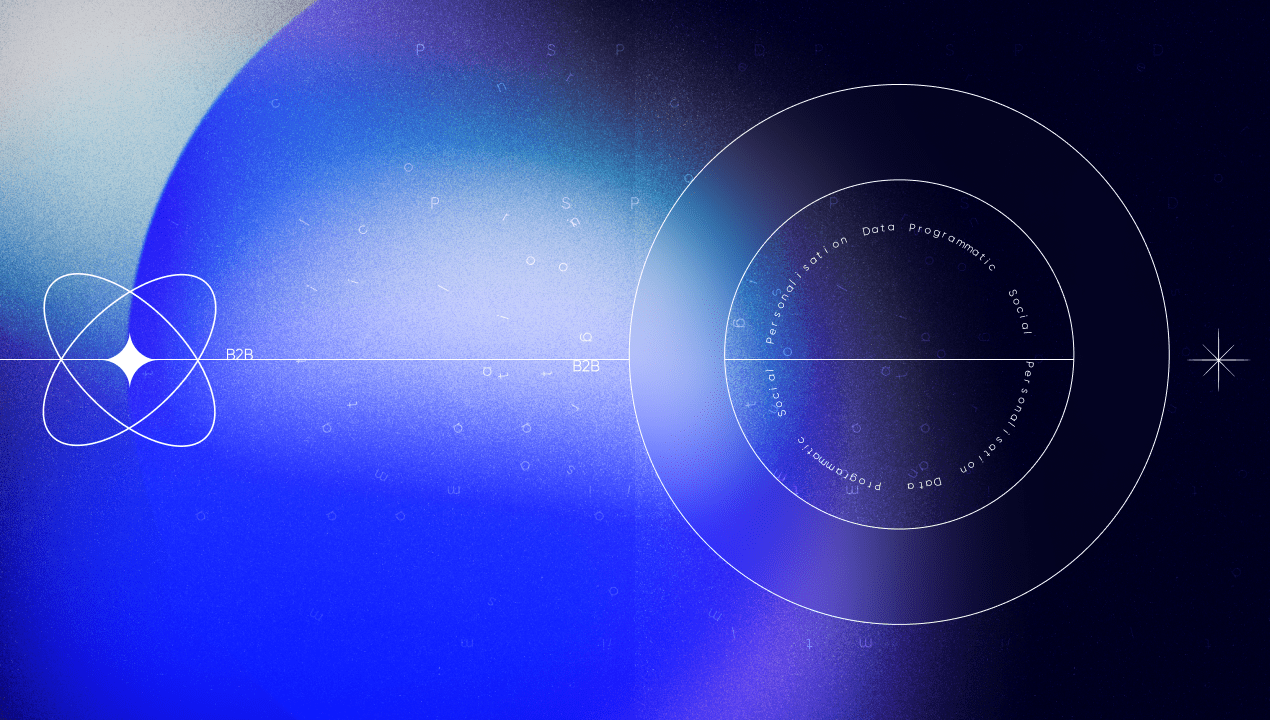


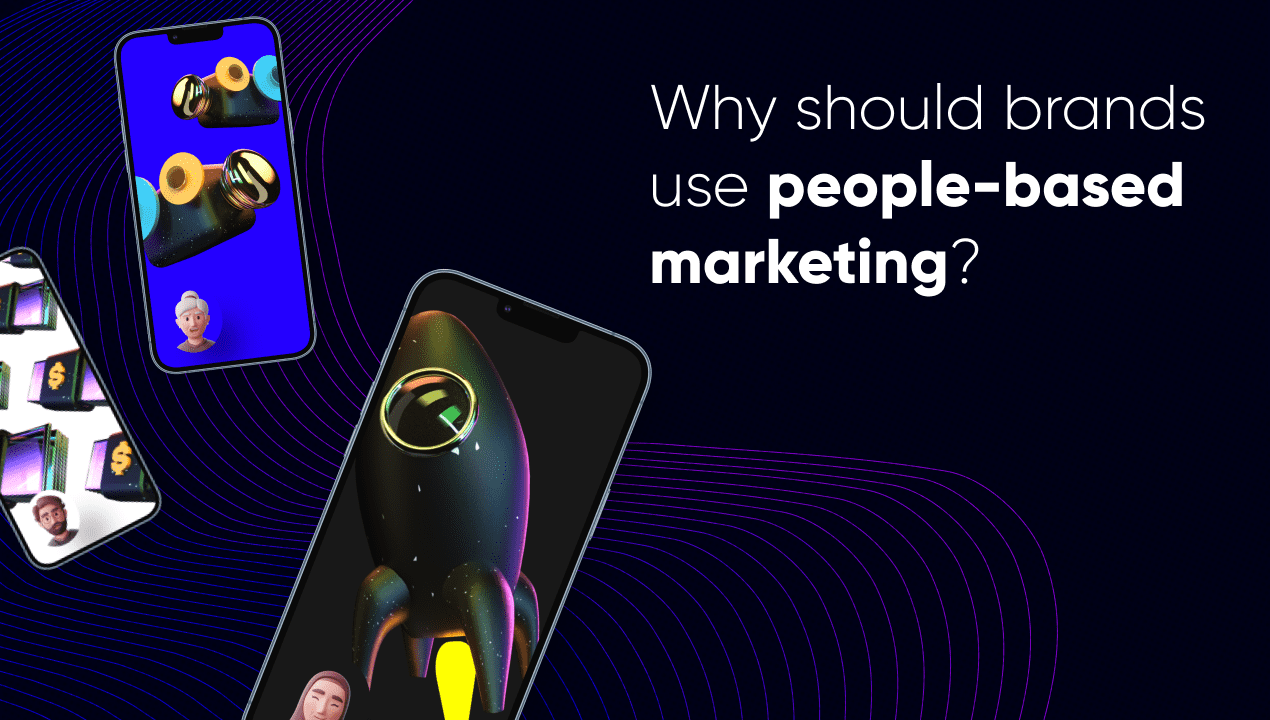
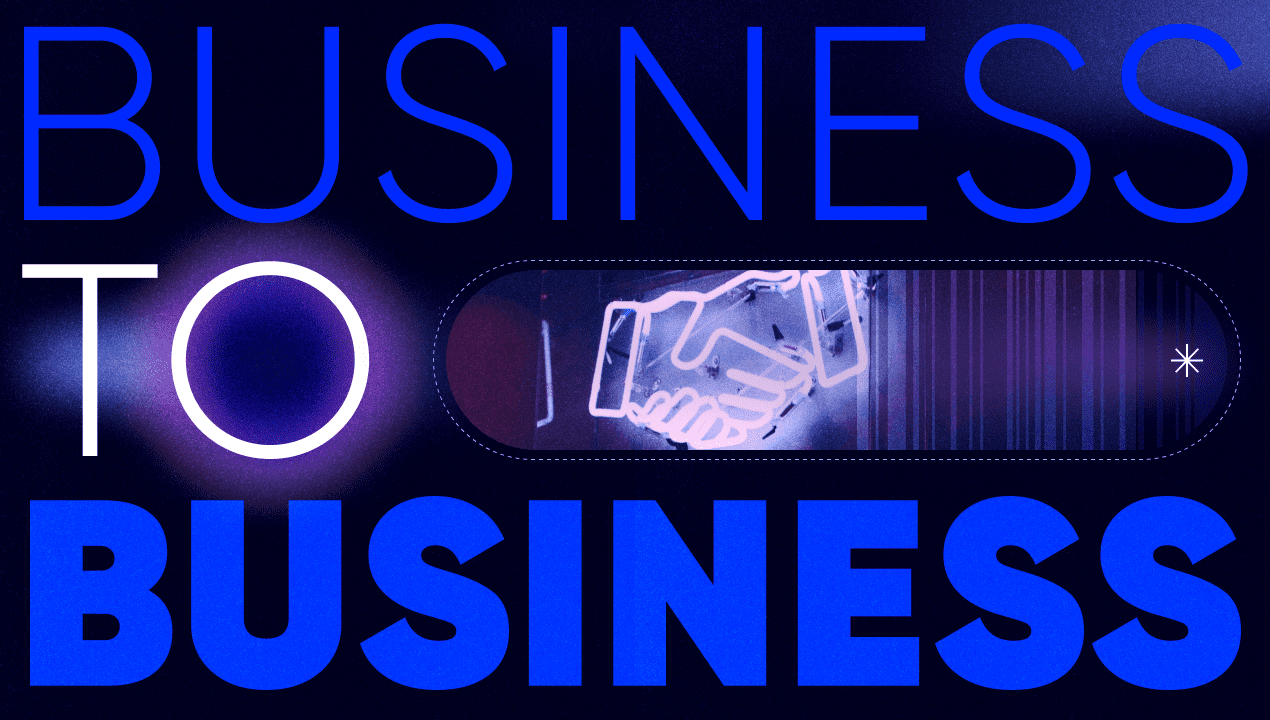
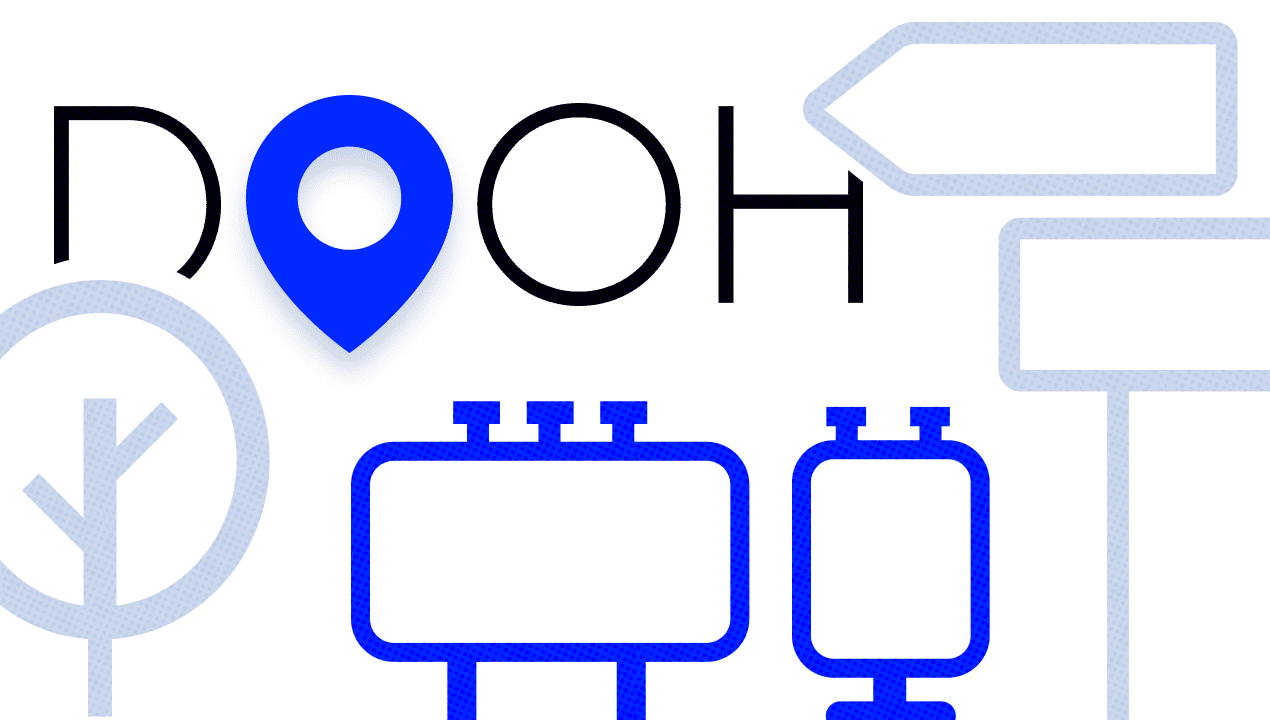

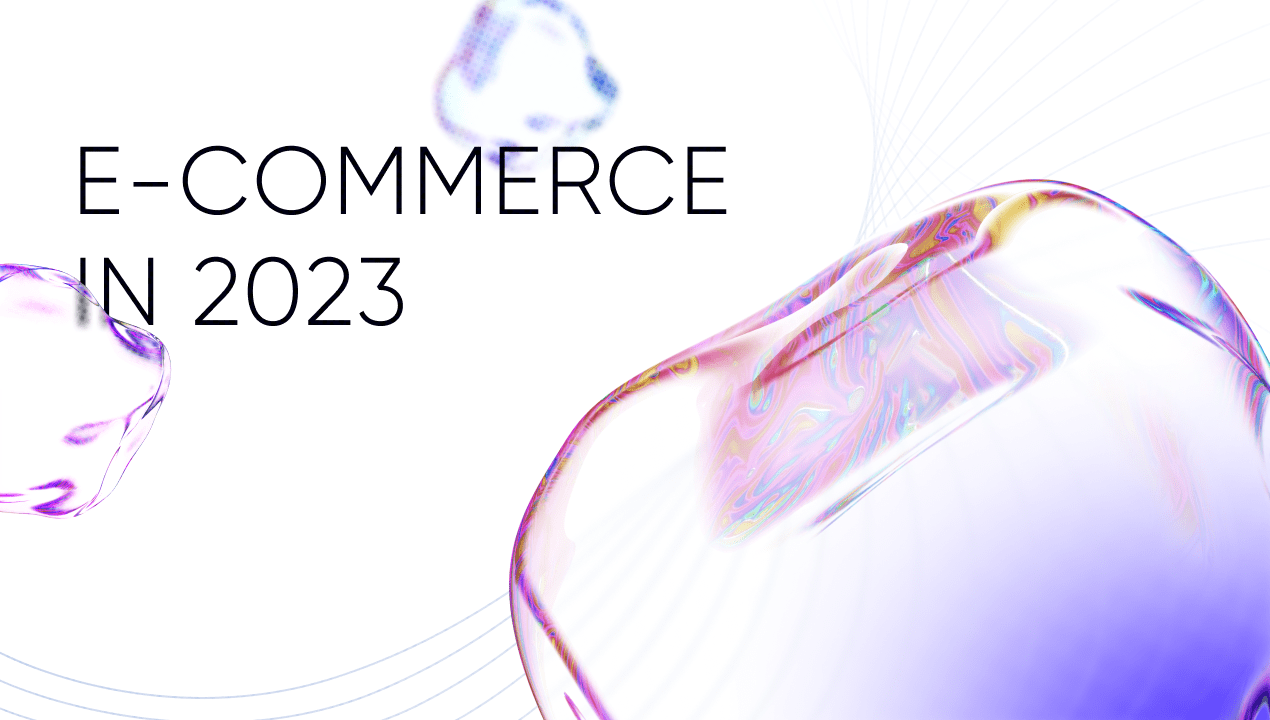
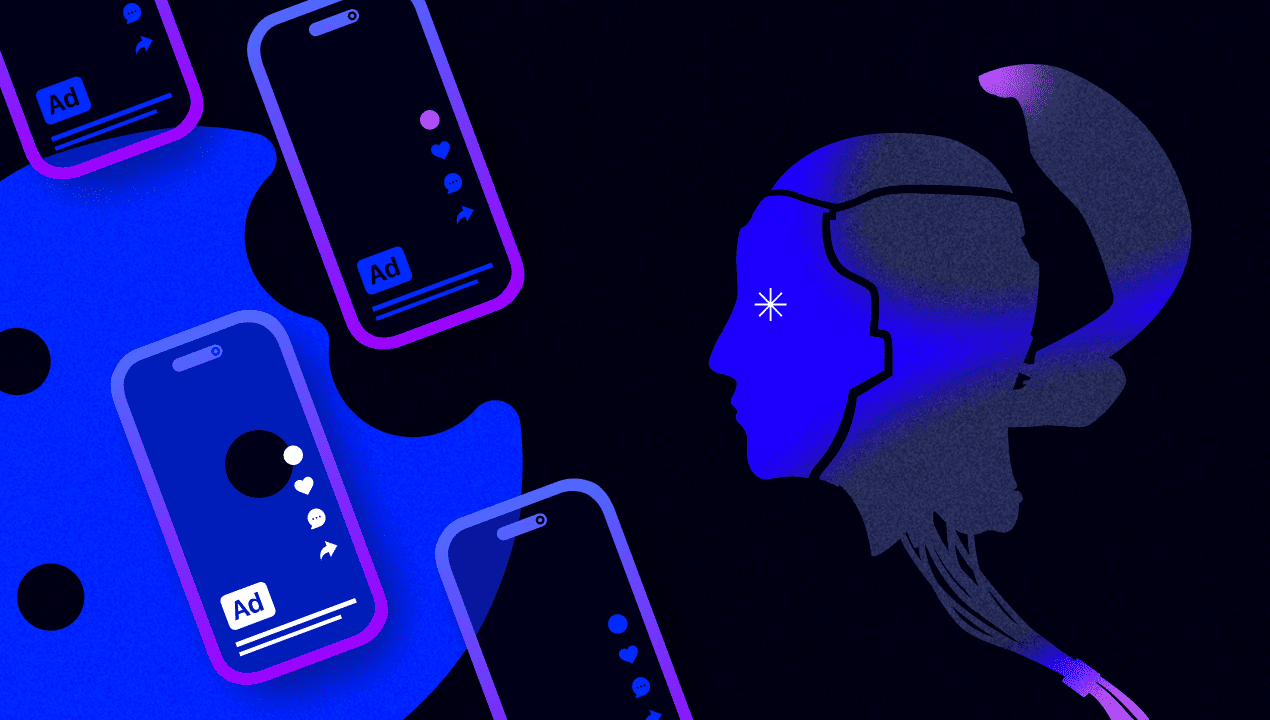

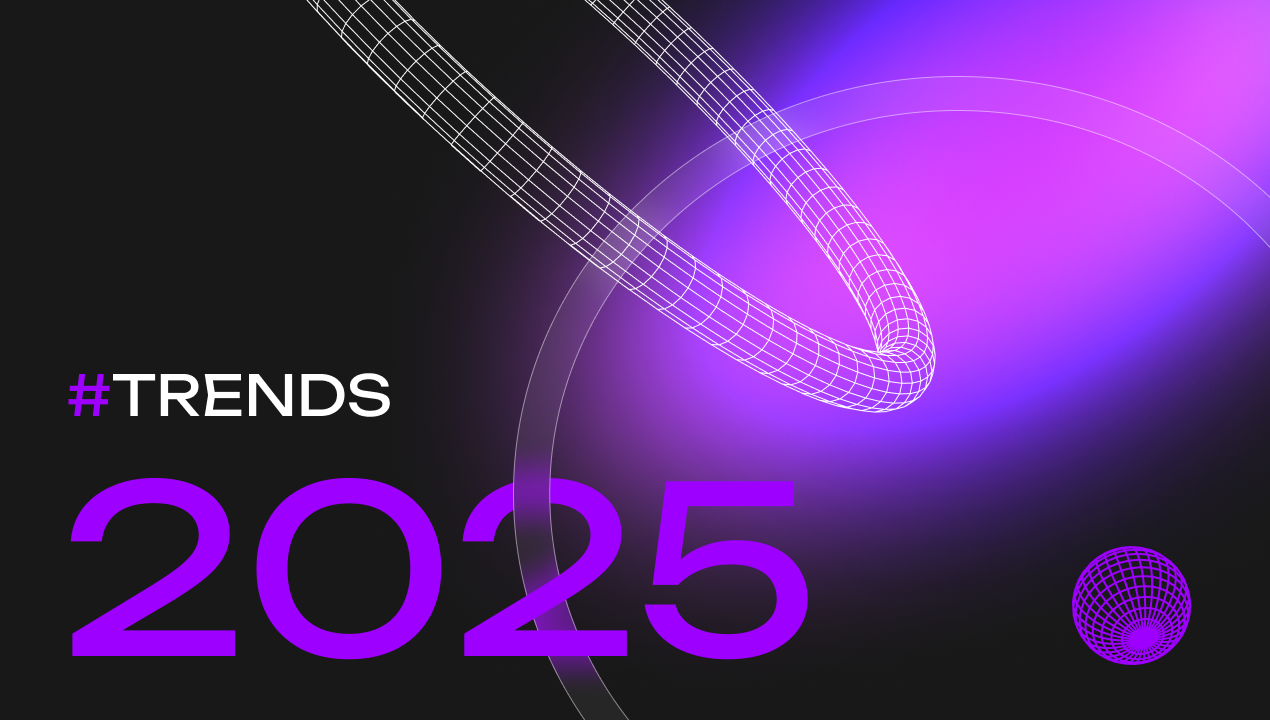
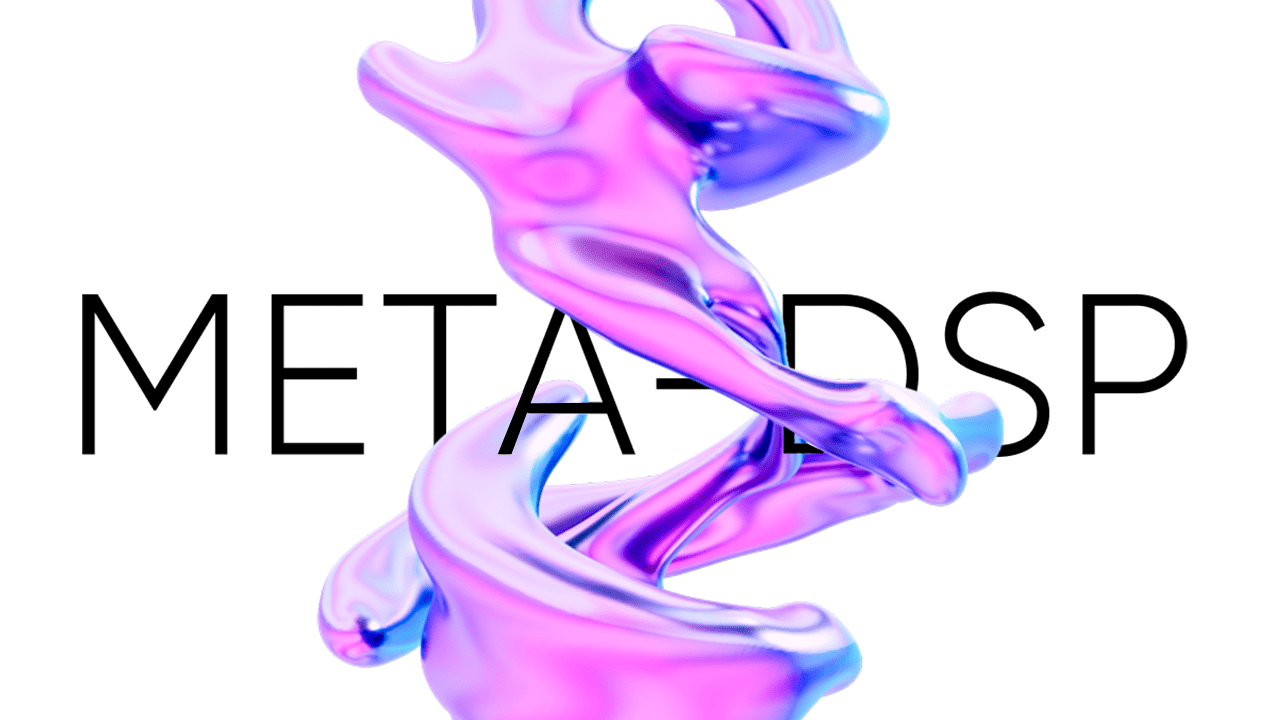

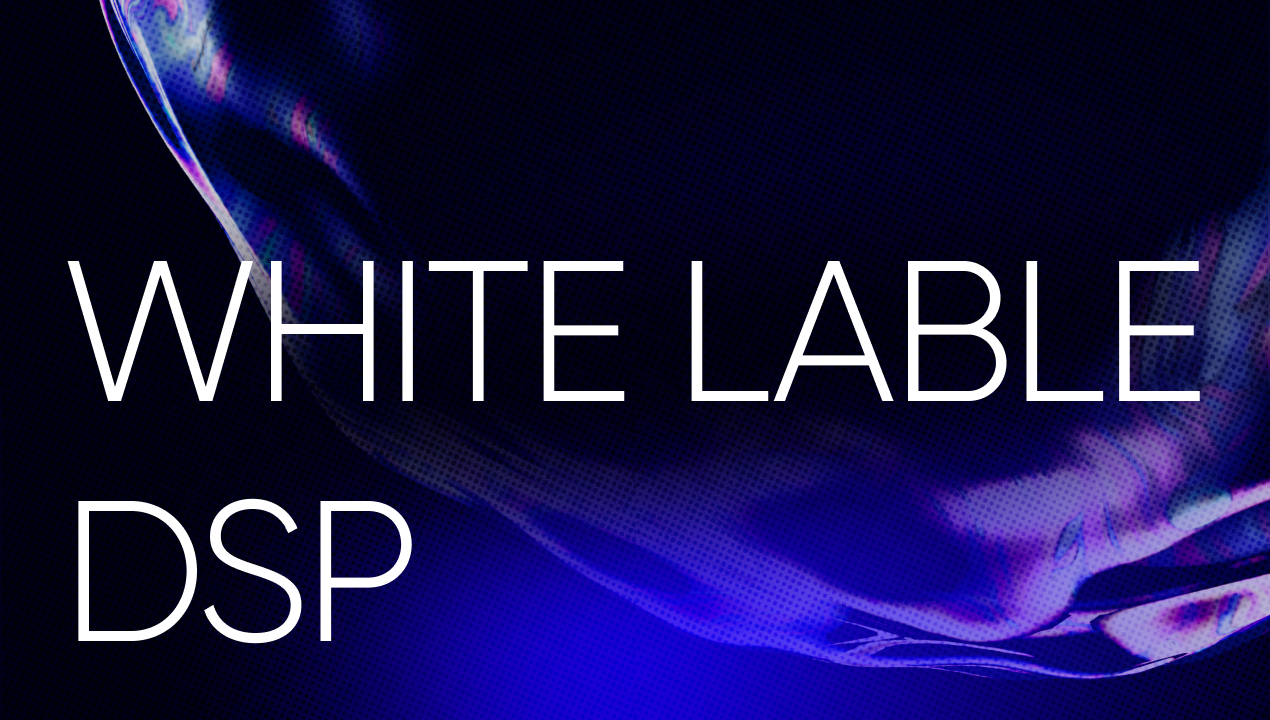
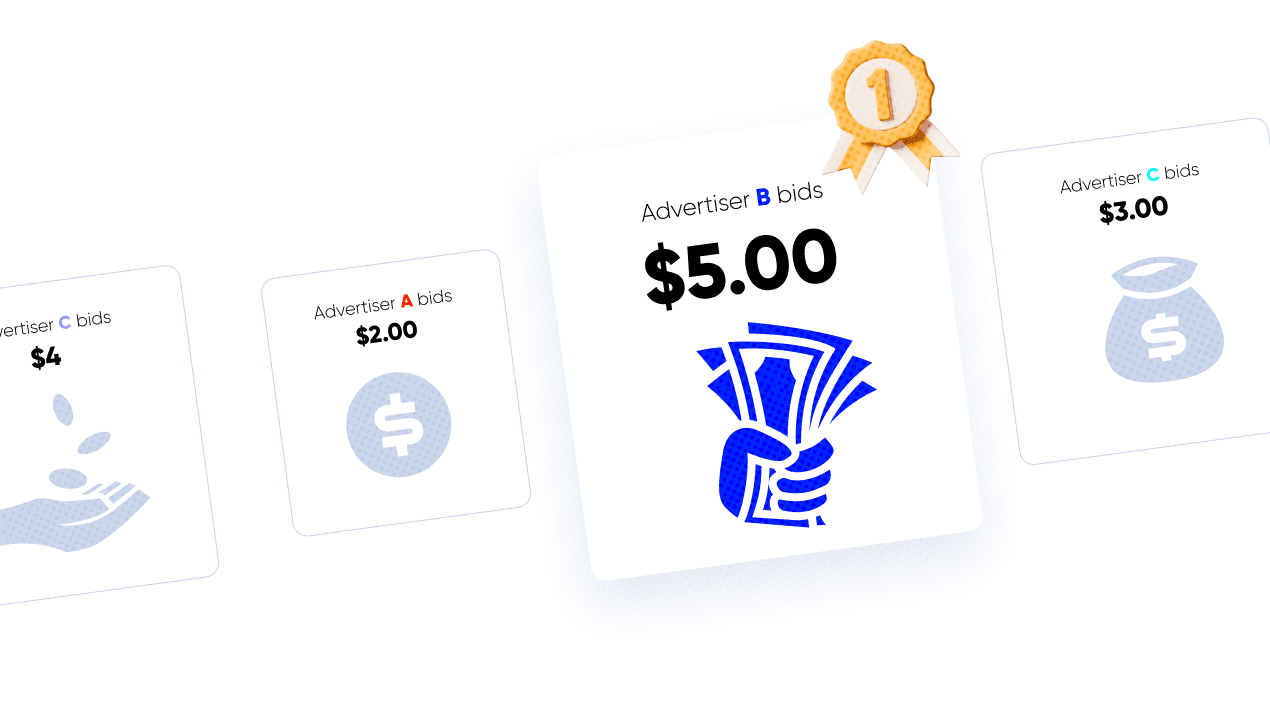

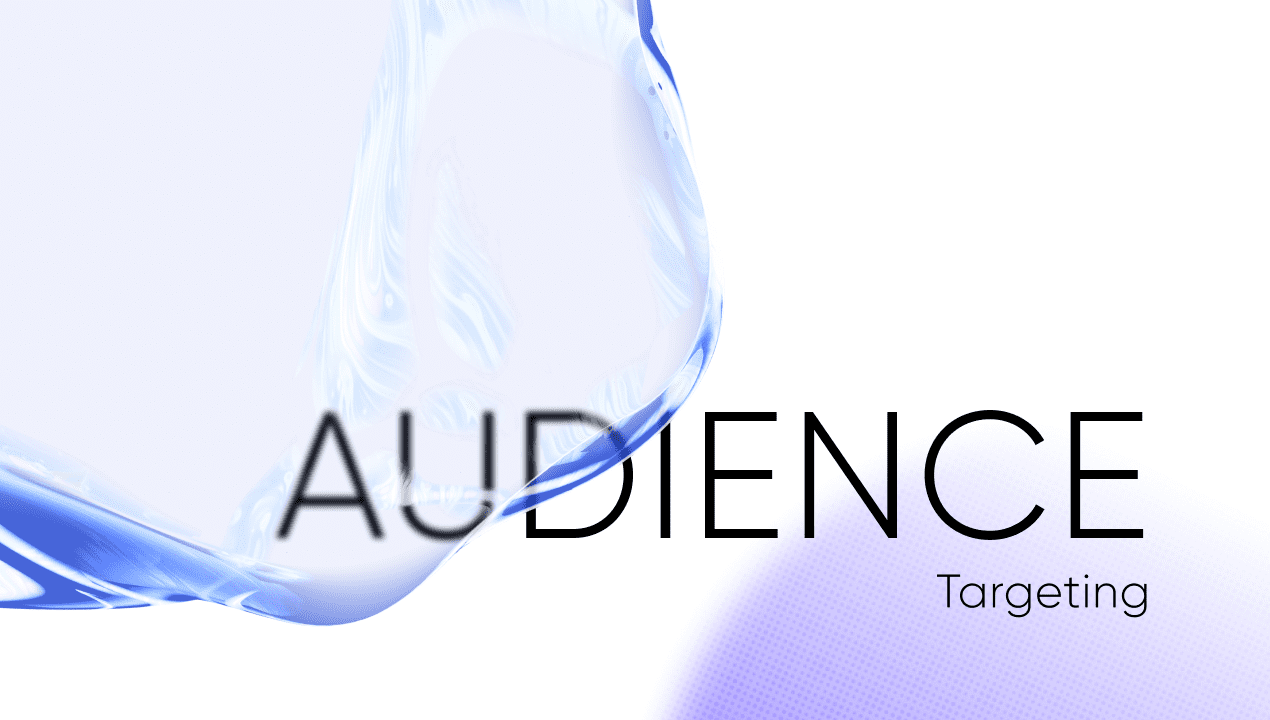
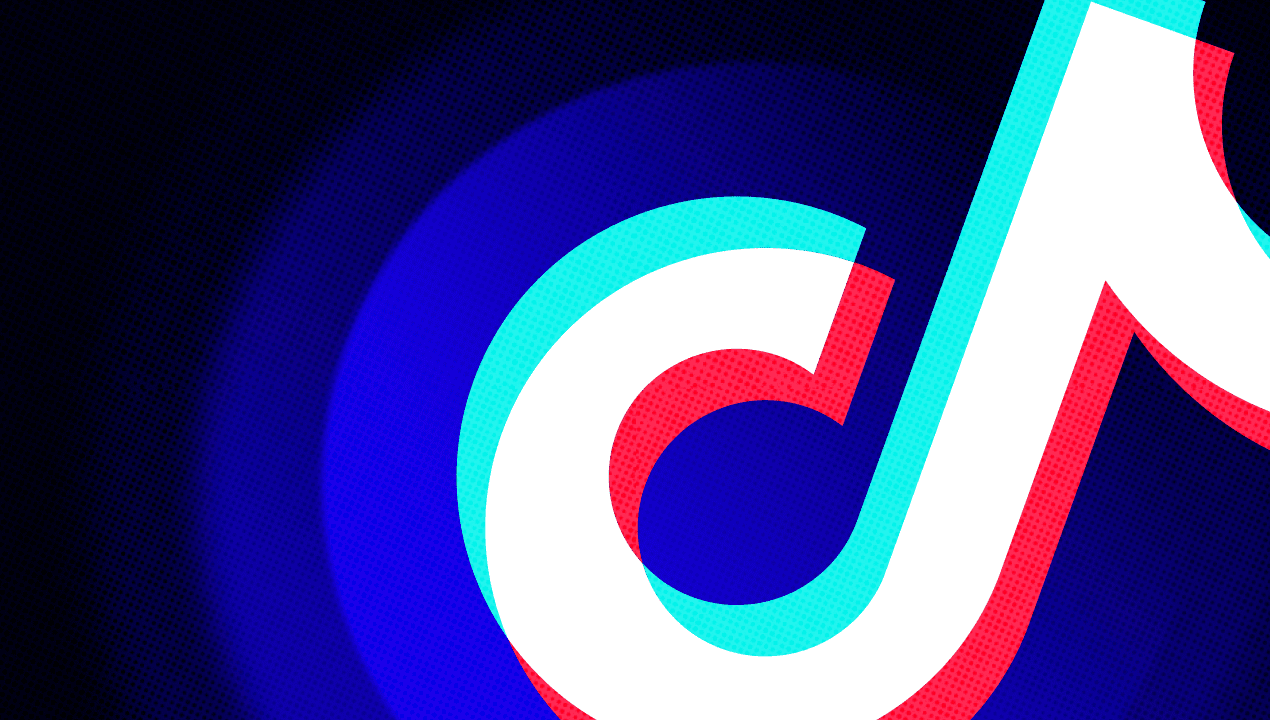
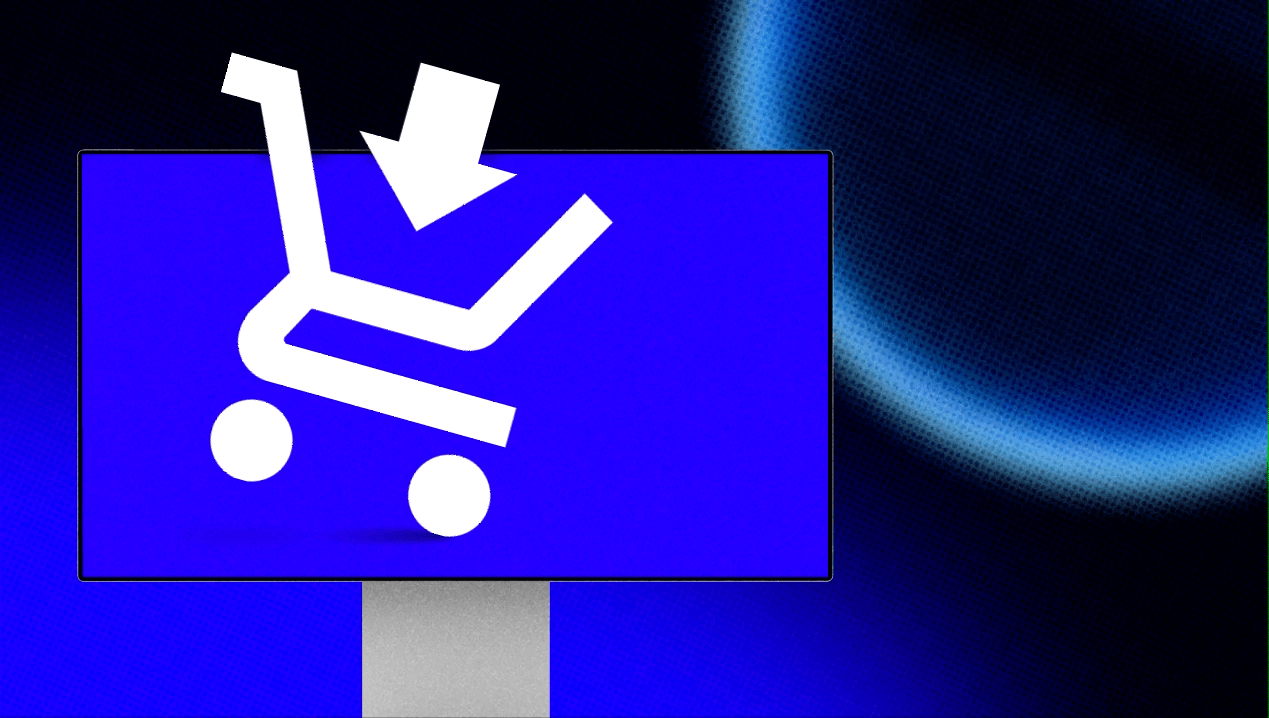



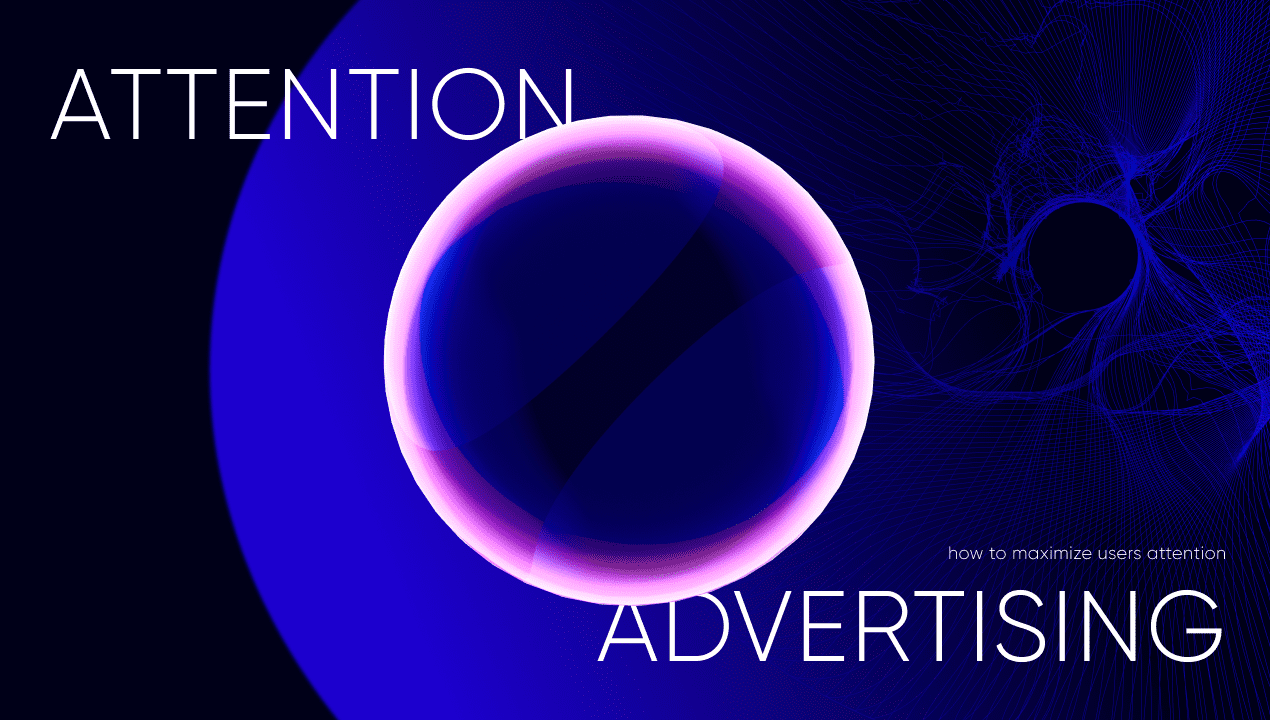


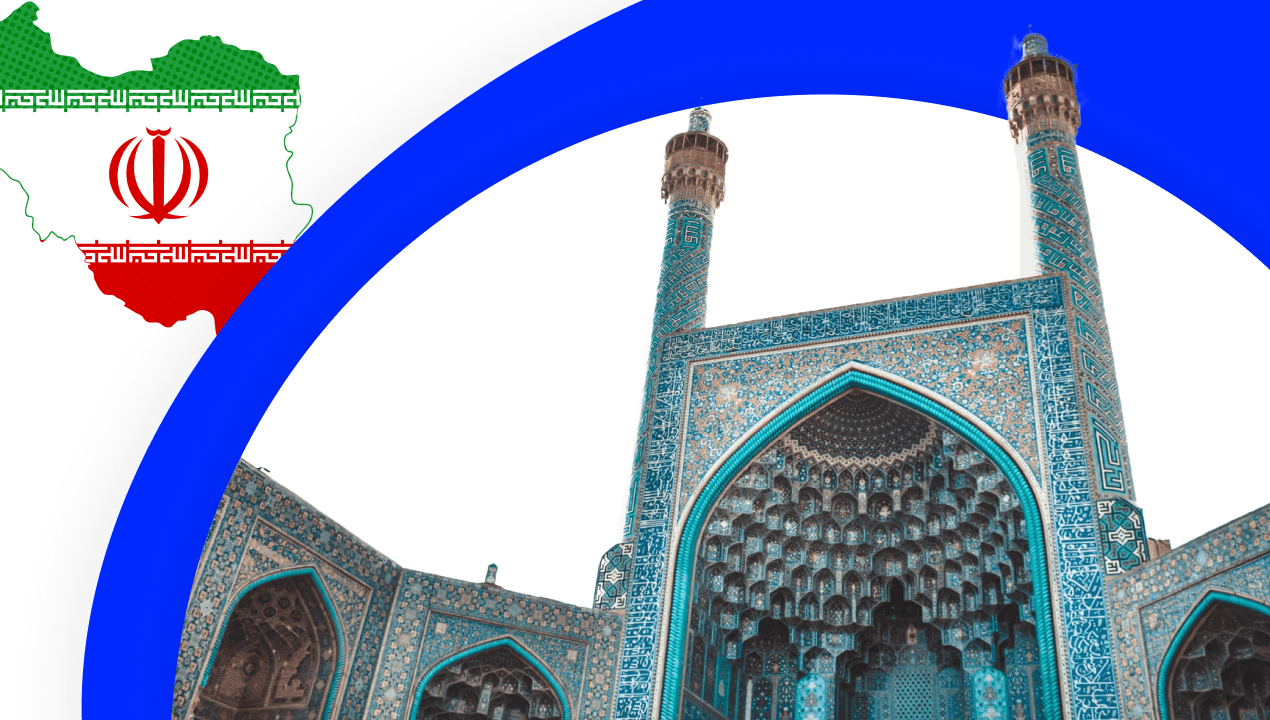


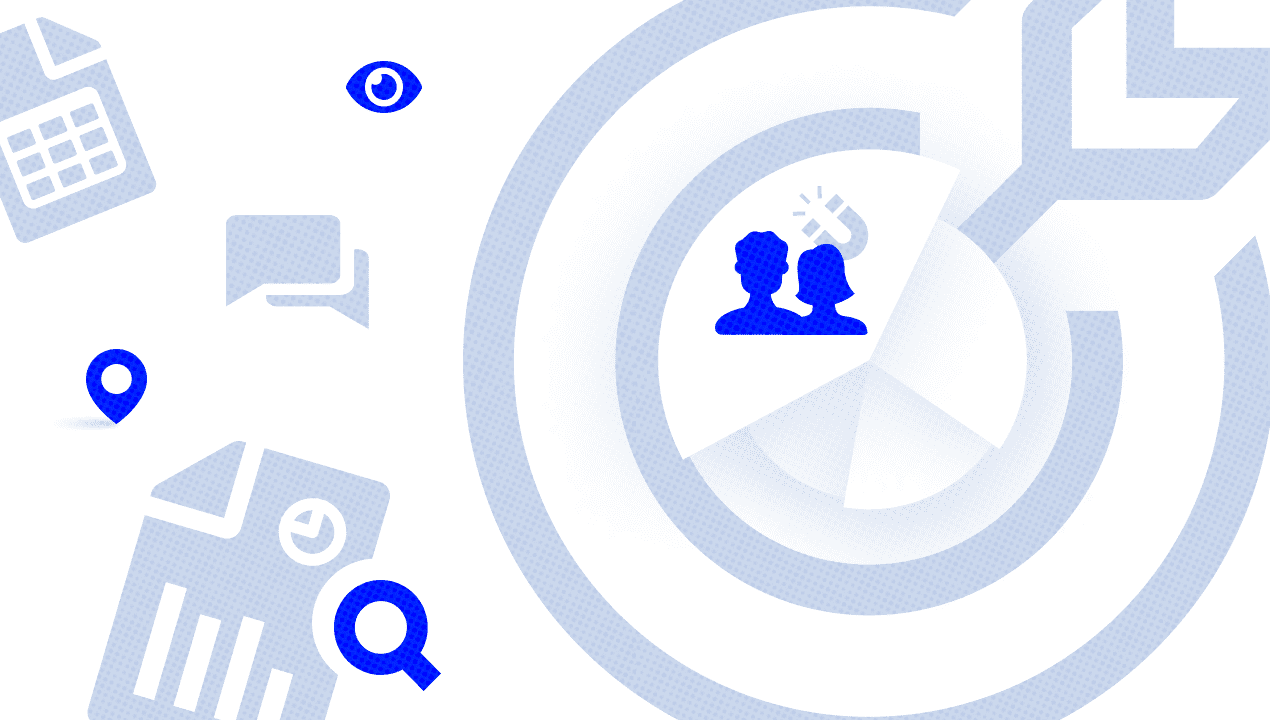

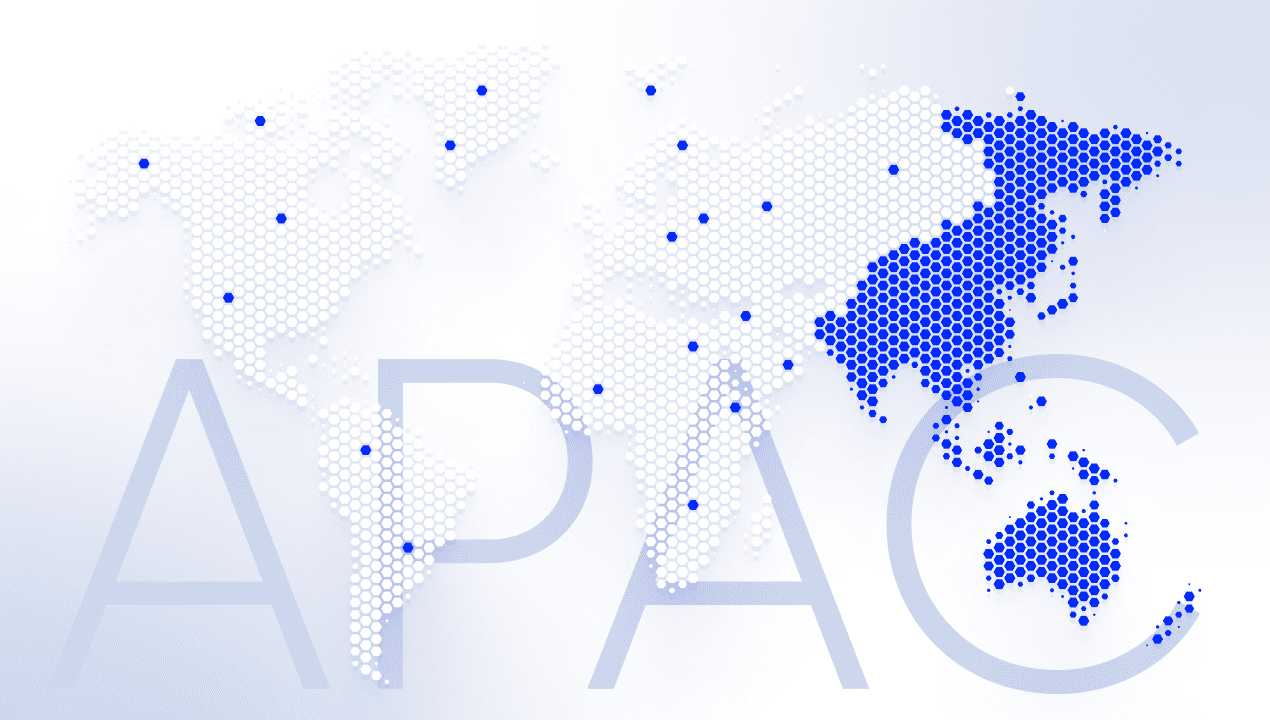


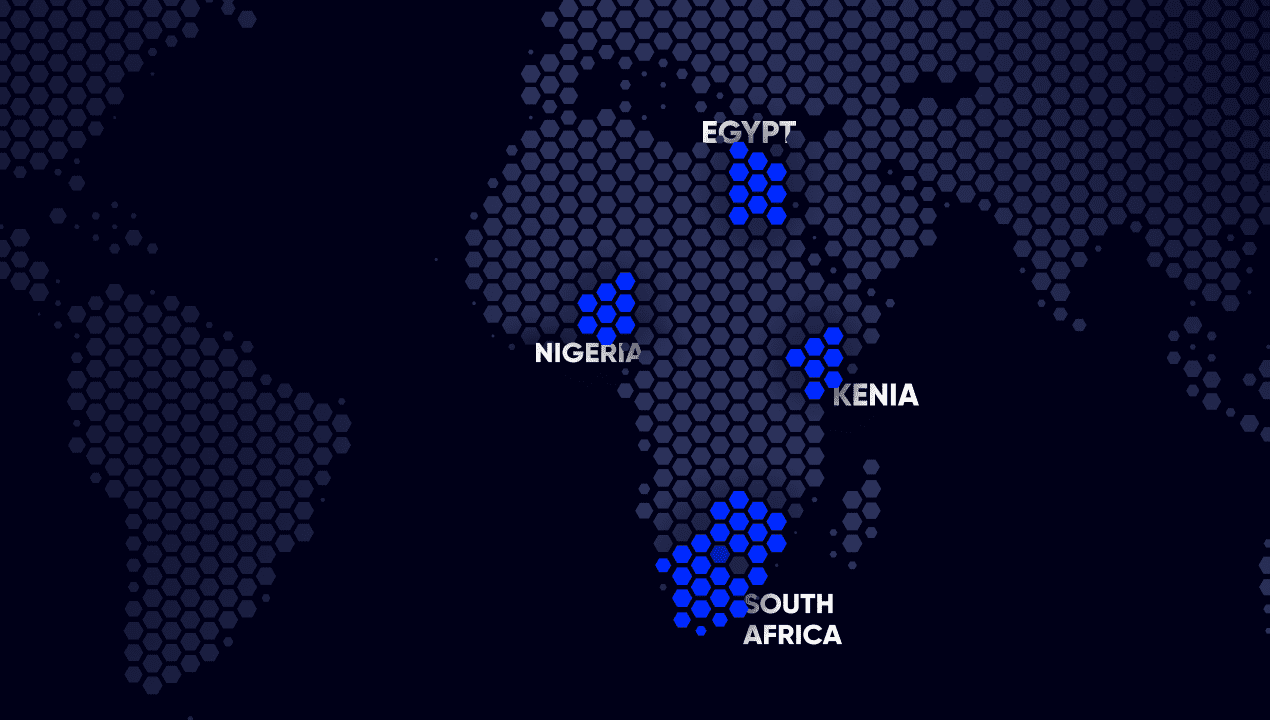
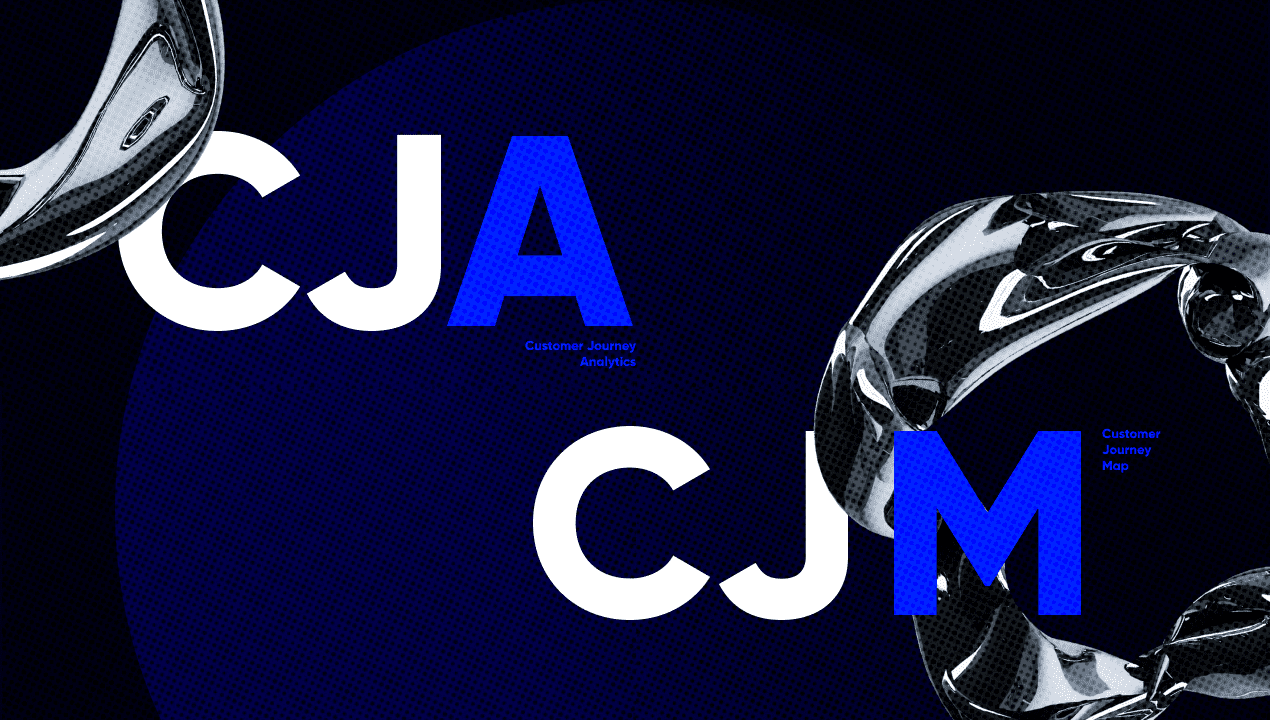


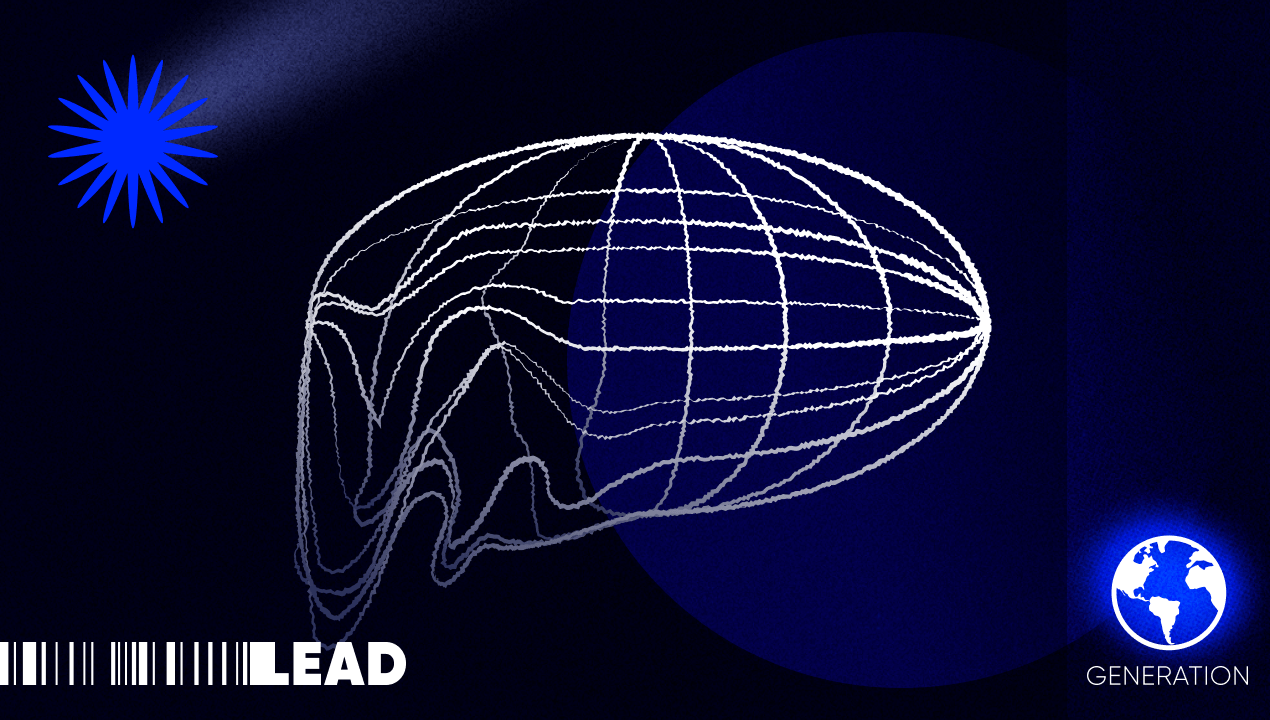



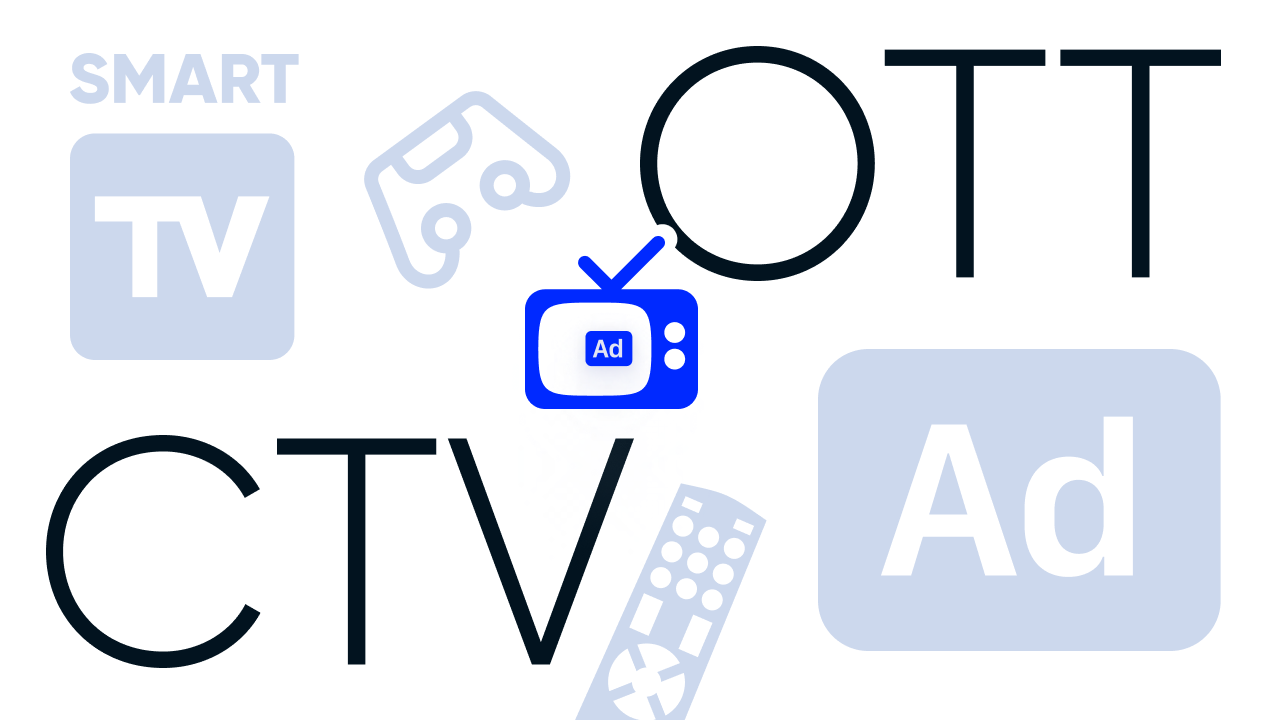
Read also



























































